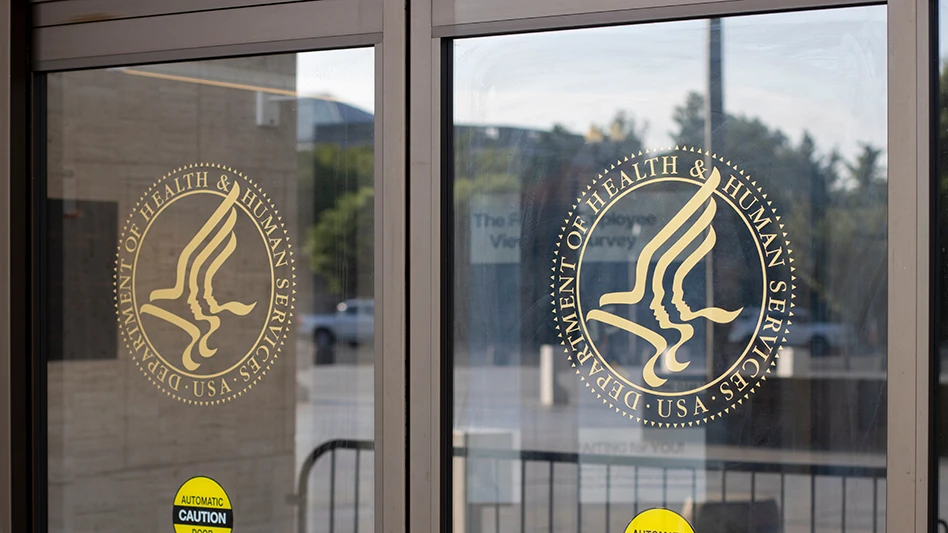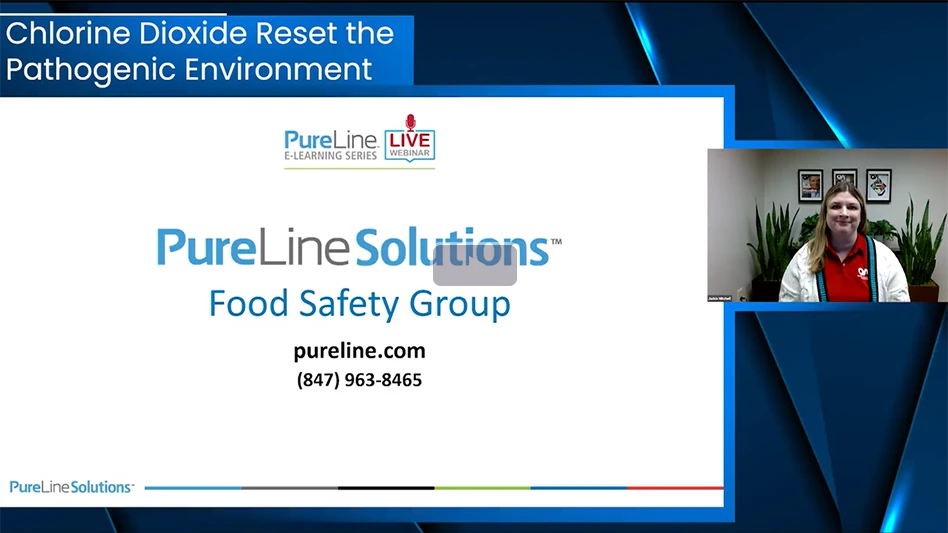
Internal review of quality and food safety programs is a vital part of a robust quality program. Not only do these reviews help assure consistency of products and processes, they also create a basis for continuous improvement. Also, let’s remember that all Global Food Safety Institute (GFSI)-approved schemes require the inclusion of internal audit programs. The GFSI Internal Audit Requirements v7.2/Part II states: “The standard shall require that the organization has an internal audit system in place to cover all activities within the scope of the Food Safety Management System.” Each of the GFSI-benchmarked schemes goes about assuring this in a different way, but they all have an element in their audits calling for an internal review or audit of your program/process.
The logical next question is: “What is an internal audit program?” I see this as being a part of the system for food safety management. Management systems are where individual management elements are brought together to set, and then achieve, objectives. In today’s food safety management systems, one of those elements is an internal review process (auditing) to assure consistency and drive continuous improvement. These are two of the goals of a food safety management system, along with brand protection and job continuity for all employees.
How do you build your internal audit program? As with all quality assurance and food safety programs, if you want the internal audit program to be taken seriously by senior management, you have to treat it seriously. As with much that we quality practitioners do, you can help ensure this by following the Plan, Do, Check, Act (PDCA) program for success:
- Plan. This means creating a schedule of audits. Break down the program into elements that can be reviewed in small bits, enabling review of the entire food safety and quality program in the course of a year or other time frame. The schedule must be based on risk of the safety or quality of the products. We all know of some programs or procedures that should be reviewed more frequently than others based on past performance. Planning means to assure that the requirements or expectations are known by auditees and auditors. Plan to have competent auditors (trained, knowledgeable, good questioners and listeners, and credible with a high degree of personal integrity) available when needed. Plan to communicate before, during, and after the audit so that auditees know what is expected and what is happening. Plan to assure records of all audit elements are maintained. Putting in the effort in this step sets the stage for the other steps to be properly and appropriately managed.
- Do. Implement the plan and assure that it is adhered to. React appropriately when needed to ensure the plan stays on track.
- Check. Isn’t this the thing we all must do as managers — follow up? Review the reports and data, look for discrepancies and trends, develop a corrective action/preventive actions (CAPA) process with appropriate staff.
- Act. Implement CAPA; assure that it truly corrects or prevents the concern and that the process or product is improved.
The overall intent of GFSI requiring an internal audit or review process is to verify that the food safety systems are operating as designed. The internal audit program can be viewed as your verification of the Preventive Controls Food Safety Plan. To properly use this as your system verification, be sure to complete all PDCA steps to ensure you have a good program. Ensure your auditors look for objective evidence — not hearsay evidence. And ensure that corrective actions/CAPA are implemented and tracked to show continuous improvement.
With a good plan, your internal review or audit process will certainly be successful. Best wishes for you all.

Explore the September October 2019 Issue
Check out more from this issue and find your next story to read.
Latest from Quality Assurance & Food Safety
- Kim Heiman Elected to Second Term as President of Wisconsin Cheese Makers Association
- FAO Launches $150 Million Plan to Restore Ukrainian Agricultural Production
- Pet Food Company Implements Weavix Radio System for Manufacturing Communication
- Penn State Offers Short Course on Food Safety and Sanitation for Manufacturers
- USDA Announces New Presidential Appointments
- FDA to Phase Out Petroleum-Based Synthetic Dyes in Food
- IFT DC Section to Host Food Policy Event Featuring FDA, USDA Leaders
- CSQ Invites Public Comments on Improved Cannabis Safety, Quality Standards





